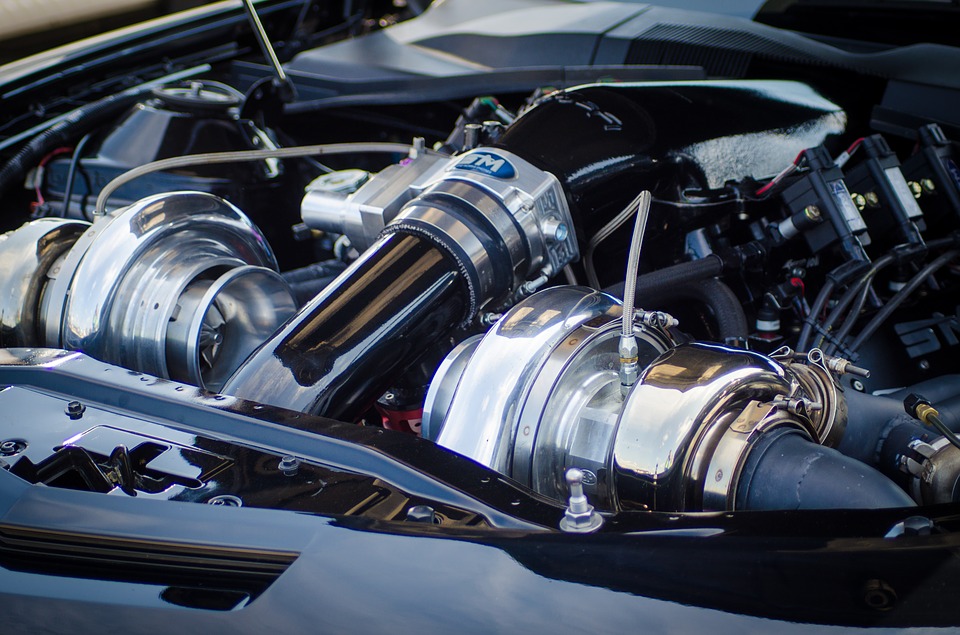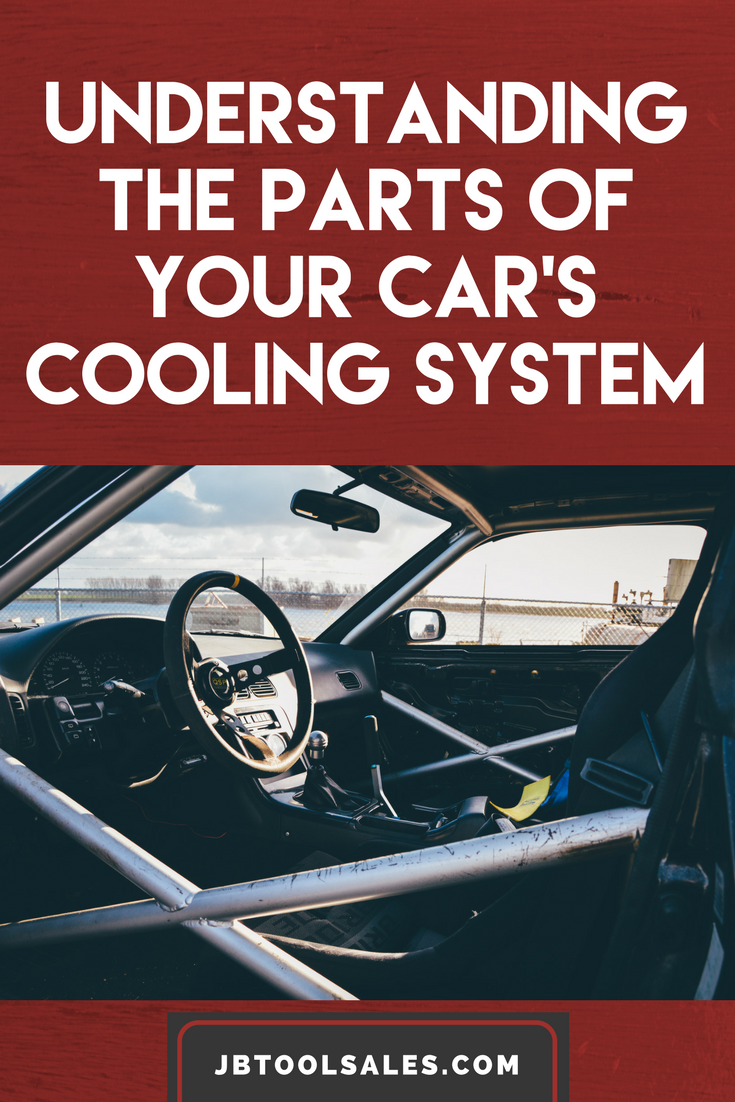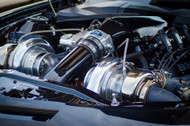Understanding the Parts of Your Car's Cooling System
28th Feb 2018

Vehicle Cooling Systems
The cooling system plays an important role in protecting your engine, gaskets, valves and other components from damage. As the name suggests, it's designed to remove heat from the engine, thus protecting it from potentially catastrophic damage. However, there are multiple parts to a cooling system, each of which serves a specific purpose.
Radiator
Typically made of aluminum or a combination of aluminum and plastic, the radiator contains fins through which heat is released. As hot coolant flows from the top of the radiator to the bottom, the heat is released through these fins. Radiators typically contain at least two hoses: an inlet and outlet house. Hot coolant comes in from the engine, and as it's cooled, it's released through the outlet hose.
Radiator Cap
The radiator cap does more than just seal the radiator and prevent coolant from escaping; it allows your car's cooling system to maintain a specific amount of pressure. When coolant warms, it expands and becomes pressurized. This is good because pressurized coolant has a higher boiling point. The radiator cap helps to create a safe pressurized environment by releasing coolant into an overflow reservoir once the PSI reaches a specific amount.
Overflow Reservoir
The overflow reservoir is designed to hold and release coolant as it's pressurized and depressurized. When coolant expands and pressurizes past the PSI for which the radiator cap is radiator, excess coolant is sent to the overflow reservoir. When coolant contacts and depressurizes, it creates a vacuum in the radiator while subsequently pulling the excess coolant from the overflow reservoir back into the radiator.
Fans
You'll also find one or two fans mounted behind your radiator. The fans create airflow over the coolant-filled radiator fins. If the fans stopped, the coolant would overheat when idling. Therefore, it's important to check your fans on a regular basis, making sure they turn on when the coolant begins to warm.
Thermostat
Engines work best when they warm but not hot, which is why most cooling systems have a thermostat. This otherwise simple component controls the flow of coolant. When the coolant is cool, the thermostat remains closed, preventing coolant from traveling to the engine. As the coolant warms up, it opens and allows coolant to flow to the engine.
Water Pump
The water pump is designed to pump coolant throughout your car's cooling system. It's typically driven by either a fan belt, serpentine belt or timing belt.
Heater Core
Finally, the heater core is a mini radiator found in your car's dash. It's responsible for creating warm air inside your car. When you turn on the heater, a fan blows over the heater core to provide you with climate control.


